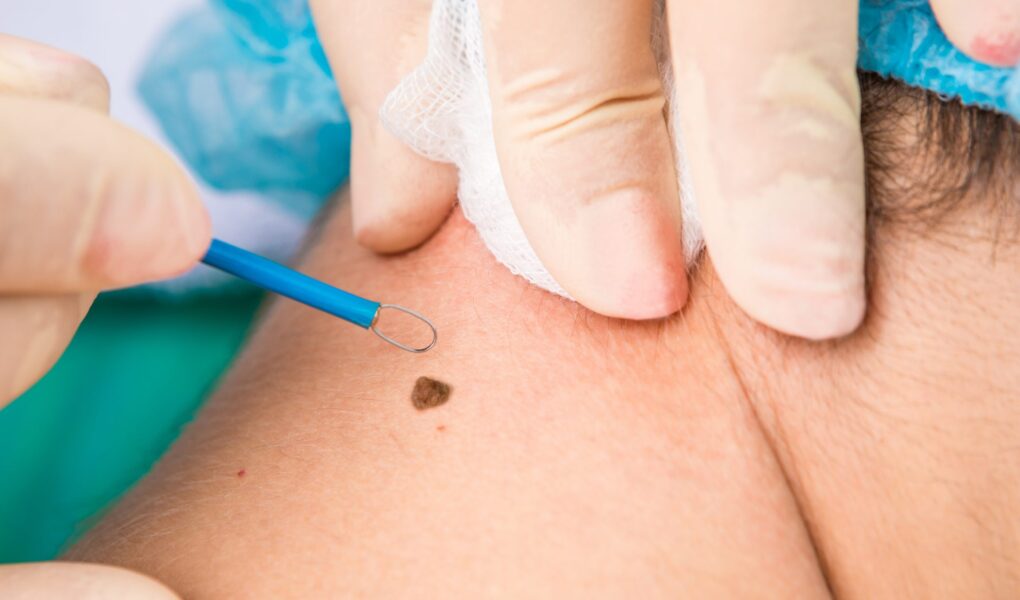Moles, medically known as nevi, are small, dark, clustered pigment cells that appear on skin. They typically appear on the legs, face, upper body, and face and vary in size and color. While most moles are relatively harmless, some can be cancerous, requiring surgical removal.
A thumb of rule is to have any mole checked out early enough if it’s cancerous and nips it in the bud. Even when they pose no threat, some patients also choose to get rid of the nevi for cosmetic reasons.
Mole removal procedure can be in these forms:
Surgery
Surgically removing a mole will often result in a scar. Nonetheless, the scar disappears on its own depending on the type of surgery, age, and location of the mole.
There are three ways used to remove a mole surgically:
• Shave excision- this is used for moles that are significantly raised on the skin. During the procedure, the doctor will apply an anesthetic on the area around the mole and use a sharp razor-like scalpel to shave the mole’s surface to flush it with the skin near it. A device with a tiny electrode at the end can also be used for electrosurgical feathering.
• Punch biopsy method- this is used for smaller moles. A device is punched to a cylinder-shaped part of the skin to get rid of the mole.
• Surgical excisional method- this method is used for flat moles. The doctor cuts the entire mole out and stitches the wound. The mole will then be examined for cancer cells
Laser Procedure
Your next option would be the laser method.
This procedure is ideal for flat and brown to dark moles. Mostly, this procedure is not suitable for large protruding moles, as it can be risky. Removing the whole mole will require up to three visits to your doctor. Your doctor will apply an anesthetic and remove the mole tissue with a laser.
Natural Method
Alternatively, you can go the natural way.
The market is flooded with mole removal creams and pastes that can still get the work done. One example is the bloodroot paste. Bloodroot has been used for centuries for mole removal and remains effective.
For this method, wash the affected area with hydrogen peroxide, apply the bloodroot paste on the mole, and cover it up with a bandage. Repeat the process for at least three days. You will notice that the base of the mole gets inflamed each day and finally falls off.
The advantage of this method is it has less scarring than most procedures and heals faster as well. However, it is always wise to see your doctor before proceeding with the process to rule out cancer.
Healing After Mole Removal Procedure
The healing time after mole removal varies on individuals. Older people tend to take longer to heal than their younger counterparts, but the scar will take three weeks to heal on average. Also, a larger incision will take time than a smaller one.
Adhere to your doctor’s advice on how to take care of the wound to prevent infection and increase the chances of minimal scarring. We recommend contacting this mole removal Phoenix surgeon for excellent results.




